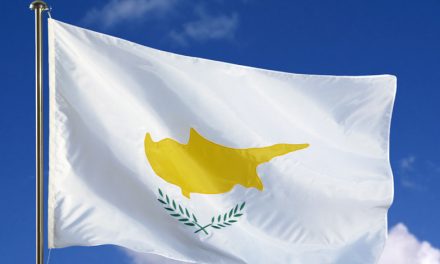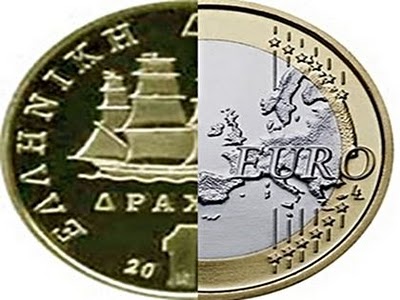Ferdinando Giugliano, Economics Correspondent, Financial Times
Eurozone governments have already made commitments to further debt relief for Athens, as long as it sticks to reform and austerity. Alexis Tsipras, leader of the leftwing, anti-austerity Syriza, wants to go much further and cut Greece’s debt pile by a third, arguing that the burden is “unsustainable”.
Other eurozone governments, who hold directly or via the European Financial Stability Facility, approximately two-thirds of Athens’ €317bn liabilities, are more sceptical. They argue that Greece has already benefited from two rounds of relief that have significantly cut the burden of the debt.
The terms on Greece’s debt pile have become progressively more manageable. The maturity on the bilateral loans provided by eurozone member states in May 2010 has been extended to 2041 and the interest rate cut from between 300 and 400 basis points over the three-month Euribor rate, to just 50.
The EFSF loans, whose yield is just one basis point over the average borrowing cost of the EFSF itself, now have an average maturity of more than 30 years. In 2012, the eurozone finance ministers agreed on a grace period of 10 years over which Athens will have to make no interest payments.
As a result of these changes, the average maturity of Greece’s debt is now 16.5 years, double that of Germany and Italy, according to data compiled by Joakim Tiberg, a strategist at UBS. Portugal and Ireland, which also benefit from favourable terms for their own bailout loans, have average maturities of 11 and 12.5 years, respectively.
Furthermore, the amount Greece pays each year to service its debts has steadily come down. Zsolt Darvas, a research fellow at Bruegel, a think-tank, has calculated that Greece’s nominal interest spending in 2014 was 4.3 per cent of gross domestic product, less than Italy or Portugal.

In fact, this is probably an overestimate of the real interest burden. Greece does not have to pay any interest on its EFSF loans and receives back the yield it pays to the European Central Bank and other national central banks, which hold just under one-tenth of its debt. Taking this into account, Mr Darvas calculates that total interest expenditure in 2014 was 2.6 per cent, only marginally above France’s 2.2 per cent.
On the basis of these figures, many economists and European policy makers are questioning whether Greece’s raw debt-to-GDP figure is a meaningful measure of the burden of past liabilities on the economy.
“A ratio of 170 per cent does not mean anything,” said Lorenzo Bini Smaghi, a former executive board member of the European Central Bank. “The debt has a very low interest rate and a maturity of over 15 years. Its impact on the economy is much lower than in Portugal or Italy,” he added.
A new round of restructuring could also create political problems for eurozone governments, many of which, as a percentage of GDP, face a higher interest bill than Greece.

“How can the Spanish or Italian prime minister tell voters that Greece has a lower interest burden than we have, but we still need to give them debt forgiveness?” said Mr Darvas. He argues that rather than providing Athens outright relief, eurozone governments should give Greece assurances that they are ready to further extend maturities and cut rates were growth to disappoint in the future.
Others, however, are sceptical that this approach would provide enough certainty for companies to resume investing. “[The existing maturities] are not very long, they should be extended to 50 or 60 years,” Chris Pissarides, the Nobel-winning economist told the Financial Times.
“The problem is that [the current debt profile] is introducing too much uncertainty over what the future will bring and Greece needs investment now,” he added.



















